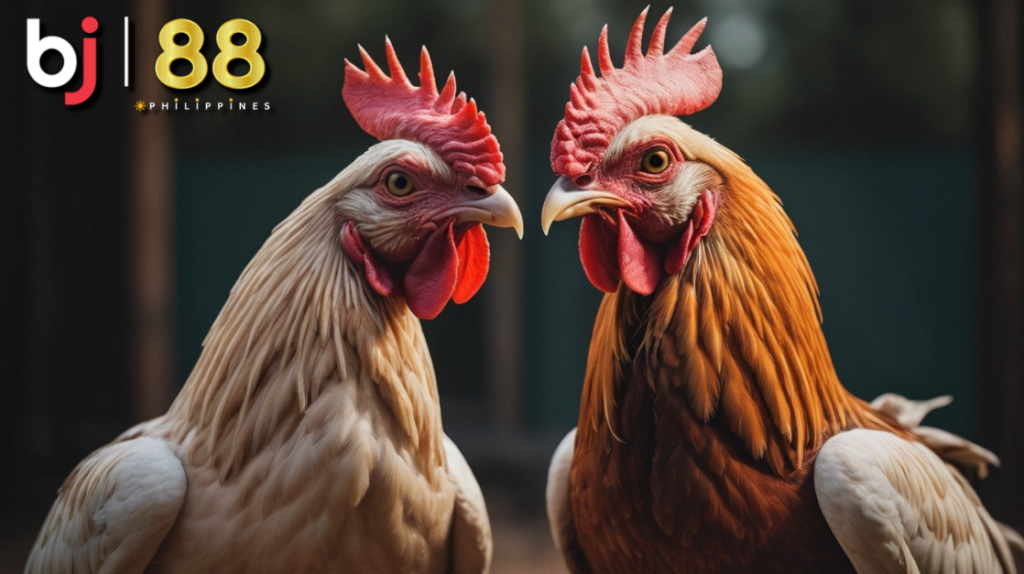For devoted fans of sabong, understanding the intricacies of every aspect of their beloved sport is essential. One such aspect that often captivates enthusiasts is molting—the natural process by which gamefowl shed old feathers and grow new ones. Join us as we delve into the fascinating world of molting and uncover what every sabong fan should know about this essential phenomenon.

In the exhilarating world of sabong, where strategy, skill, and tradition intersect, every aspect of a gamefowl’s life cycle plays a crucial role in shaping its performance in the arena. Molting, a natural process that occurs in all birds, is no exception. Understanding the nuances of molting is essential for sabong fans who seek to deepen their appreciation for the sport and gain insights into the welfare of their feathered companions.
The Basics of Molting
Before delving into the intricacies of molting, it’s essential to grasp the basics of this natural phenomenon.
What is Molting?
Molting is the process by which gamefowl shed old, worn-out feathers and grow new ones. This cyclical event is governed by a variety of biological factors, including changes in daylight hours, temperature, and hormonal fluctuations.
Why Do Gamefowl Molt?
Molting serves several important purposes for gamefowl. First and foremost, it allows birds to replace damaged or worn feathers with fresh ones, ensuring optimal insulation, aerodynamics, and overall health. Additionally, molting plays a role in regulating a bird’s reproductive cycle and preparing it for the demands of breeding and nesting.
The Molting Cycle
Molting occurs in distinct stages, each marked by specific changes in a gamefowl’s appearance and behavior.
Initiation Phase
The molting cycle begins with the initiation phase, triggered by environmental cues such as changes in daylight hours or temperature. During this phase, hormonal changes signal to the bird’s body that it’s time to shed old feathers and prepare for new growth.
Active Molting Phase
The active molting phase is characterized by the shedding of old feathers and the emergence of new ones. This process can take several weeks to complete, during which time the bird’s appearance may appear patchy or unkempt as feathers are shed and regrown.
Regeneration Phase
Once feather shedding is complete, the regeneration phase begins as new feathers emerge from the follicles. Initially, these feathers may appear as pin feathers, encased in protective sheaths that gradually unfurl as they mature. Over time, the new feathers assume their full size and coloration, restoring the bird’s plumage to its former glory.
CONCLUSION: Celebrating the Beauty of Molting in Sabong
As we conclude our exploration into what every sabong fan should know about molting, one thing becomes abundantly clear—this natural process is far more than just a routine event in a gamefowl’s life. Molting is a testament to the beauty and resilience of avian biology, ensuring that gamefowl are equipped to thrive in their natural environment and perform at their best in the arena.
For sabong fans, understanding the intricacies of molting is essential for appreciating the welfare of their feathered companions and gaining insights into the factors that influence their performance in the arena. By embracing the beauty of molting and its role in the world of sabong, fans can deepen their connection to the sport and cultivate a greater appreciation for the magnificent creatures that make it all possible.
